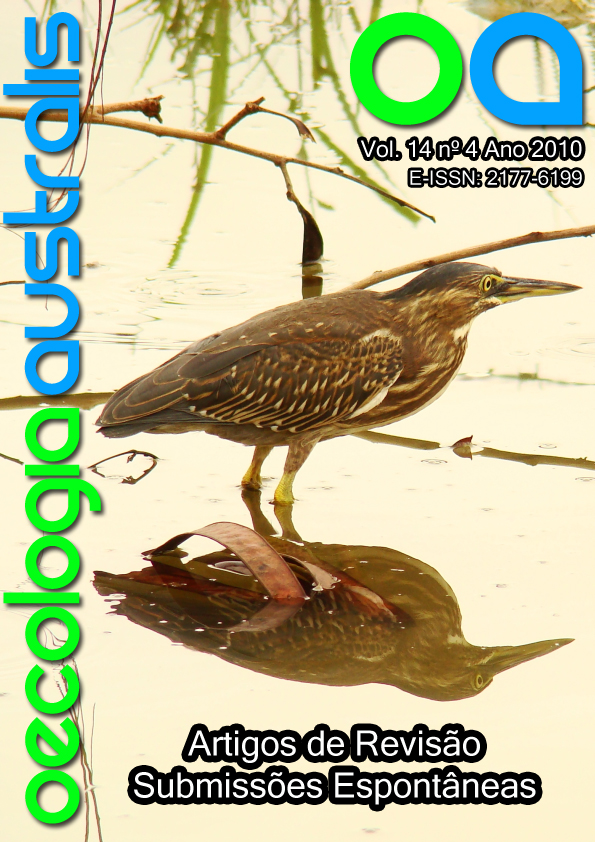POR QUE OS BOTOS, BALEIAS E GOLFINHOS SALTAM? UMA REVISÃO SOBRE O COMPORTAMENTO AÉREO DOS CETÁCEOS.
Keywords:
comportamento, atividade aérea, cetáceosAbstract
WHY DO PORPOISES, WHALES AND DOLPHINS LEAP? A REVIEW OF THEEXPLANATORYHYPOTHESES FOR LEAPS. Aerial behavior or surface behavior, such as leaps, are seen in porpoises,
dolphins and great whales. Some hypotheses have been proposed by several researchers, although none of
them have been tested enough. The probably most divulged one suggests that these events could be used
for communication. A second hypothesis suggests these events are used as foraging strategies. Another one
mentions that aerial behavior would be a way for animals to remove parasites or commensals from their bodies.
A fourth hypothesis interprets this behavior as extreme irritation or play, while the fifth one sees it as a simple
and precise energy discharge. Another hypothesis suggests that these events are used for sexual behavior. A
last hypothesis sees these events could be used to reinforce social bonding and to promote animals physical-
motor development. The number of hypotheses reflects the multifunctional nature of leaps, due to the varied
number of contexts in which they can occur.
Keywords: Behavior; aerial behavior; cetaceans.
Downloads
Additional Files
Published
2010-12-31
Issue
Section
Articles


